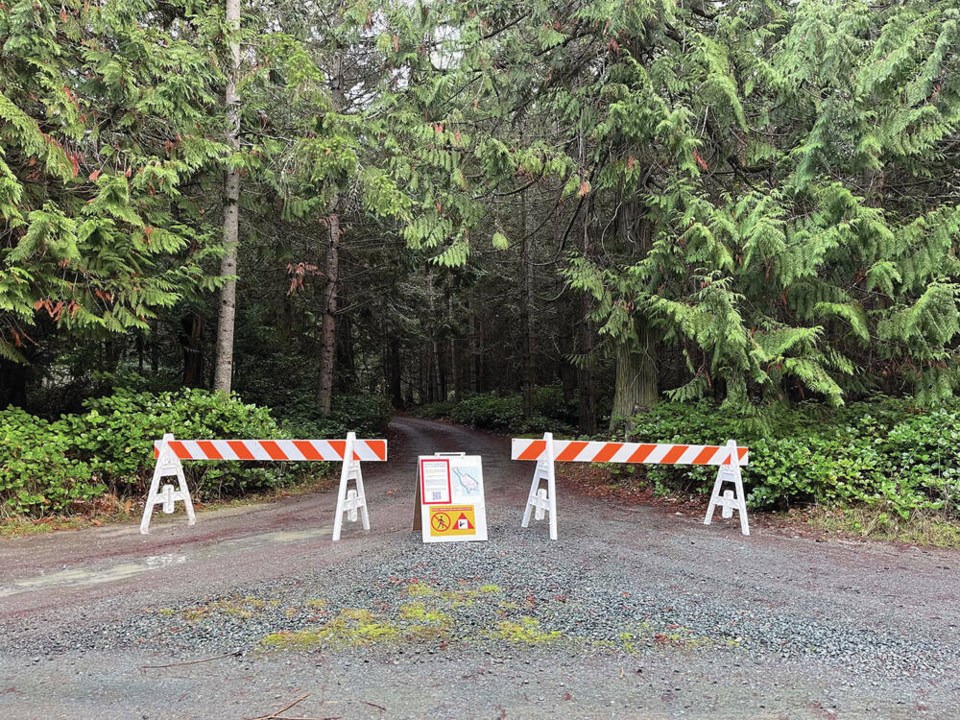A group of Sidney Island residents says Parks Canada should abandon the second phase of its controversial plan to kill all the island’s European fallow deer “to avoid further embarrassment.”
The first phase of the deer kill, which cost $834,000, took place from Dec. 1 to 11 and used American and New Zealand sharpshooters hunting on the ground at night and in helicopters during the day.
But only 66 fallow deer were killed during the operation, along with 18 native black-tailed deer. The cost included fees to contractors, Indigenous harvesters, meat processing and equipment purchase and rentals.
“There’s an off-ramp here they should take, because they spent a lot of money and didn’t kill many deer … there just weren’t that many to begin with,” said Sidney Island resident Carla Purves.
“The money they have left could be spent better elsewhere.”
The deer-eradication plan has drawn widespread criticism for its costs and methods.
Parks Canada is spending $5.9 million on its plan to restore the Douglas fir ecosystem on the island, which involves removing invasive plant species, reintroducing and protecting native plants and removing all the fallow deer, which have degraded the ecosystem since being introduced to Sidney Island as hunting prizes more than a century ago.
Members of the Sidney Island Deer Management Society say it’s time for Parks Canada to stop and spend the remaining money elsewhere.
“To avoid further embarrassment, Parks should acknowledge how few deer there are and cancel Phase 2,” the group said in a briefing issued this week that was sent to federal and provincial officials.
Parks Canada had estimated there were 300 to 900 fallow deer on the island, while hunters with the Sidney Island Deer Management Society said the number had been winnowed to fewer than 200 through organized annual hunts.
The group said Phase 2, scheduled for next summer, fall and winter, will include spending another significant amount of money to erect fencing — dividing Sidney Island into 40-hectare plots — then tracking down the few remaining deer using more contracted hunters and dogs, as well as local labour to install the fences.
“This, and some effort to remove invasive plants, will consume the remainder of the $5.9M project budget [but] Phase 2 must not be allowed to proceed,” said the briefing, written by Sidney Island residents Paul Lalonde and Rob Milne. “The cost per deer killed so far is staggering: nearly $24,000 per deer, and $30,000 per fallow deer.”
Parks Canada did not immediately respond to a request for comment on Wednesday.
The society said the Sidney Island expenditure has come at the cost of many other ecological restoration activities and projects in the Parks Canada network this past year and next, all for a primarily private island.
Lalonde and Milne said the project should never have proceeded and that key data were ignored.
Parks Canada controls about 440 hectares of the island, including Sidney Spit, as part of Gulf Islands National Park Reserve. The majority of the island is privately owned in 111 strata lots and a common area.
In a vote, 52% of the strata owners approved the hunting plan, dividing residents and causing tensions.
Lalonde and Milne said the strata corporation recognized in 2008 that there was a problem of too many deer on the island and through a combination of a deer capture facility, paid cull hunting and annual owner/guest hunting, drastically reduced the population of deer.
They said the low number of deer killed in Phase 1 confirms what the strata’s hunt committee has always known. The owner efforts reduced the population from an estimated high of 2,000 animals to fewer than 300 — and probably fewer than 200 — by the time the Parks project finally got underway.
“Parks Canada has spent 12 years developing a project that became unnecessary because of the work done by the strata corporation. It is time to cut losses and develop a new partnership to manage the island as a whole.”
Purves said the last organized hunt by owners before Parks Canada’s December hunt took 54 fallow deer at no cost to taxpayers.



